Throughout its millennia-long history, Chinese culture resembles a precious ancient encyclopedia where every page represents a unique facet that can’t be mixed. This encyclopedia is not only the pride of the Chinese people but also the heritage of humanity.
Therefore, when we mention the Chinese language translation, failing to acknowledge Chinese culture would be a significant misstep. Join Thao & Co. in exploring fascinating facts about one of the great cradles of culture.
First and foremost, ethnic diversity forms the basis of China’s unique culture. Currently, the Chinese government recognizes 56 official ethnic groups, each of which is an indispensable part of the concept of “Zhonghua Minzu” (Chinese Nation). Every ethnic group has its own language, culture, clothing, cuisine, and traditions, creating a vivid and unique cultural landscape of China. As a result, the Chinese government has established many initiatives to support ethnic minority groups in preserving and developing their distinct cultural heritage.
For example, today, the Mongol people continue to celebrate the traditions of their ancestors. They still live in yurts on the grasslands of northern China, as they are skilled in horseback riding and warfare. Their traditional customs are preserved through annual sports events called Naadam, which feature three masculine disciplines of the Mongols: horse racing, wrestling, and archery.
On the other hand, the Zhuang people engage in collective activities through local markets. On the 3rd day of the 3rd month of the Chinese lunar calendar, they celebrate a festival known as “Sam Nyied Sam” featuring activities like folk singing, embroidered ball throwing, fireworks, and tug-of-war competitions. Notably, traditional Zhuang folk songs are highly regarded and have developed into professional theater troupes.
The differences and diversity among ethnicities have contributed to China’s most distinct culture in the world today. However, the country is facing challenges in preserving and promoting this diversity.
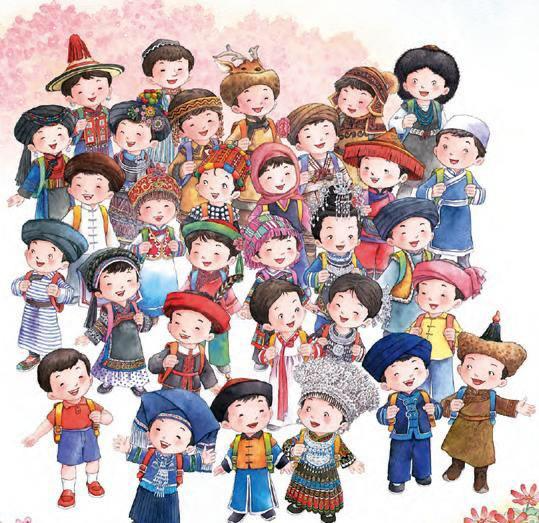
Beliefs and religions are the most profound aspects of Chinese culture that influence neighboring countries in the region. The “Sanjiao” (three teachings) of China, namely Confucianism, Daoism, and Buddhism, have shaped Chinese culture from ancient times to the present.
Throughout history, these “Three Teachings” in China, along with folk beliefs such as worshipping ancestors and gods laid the first bricks for understanding the universe in the Chinese way. Importantly, whether in ancient or modern times, these religions have also served as “moral compasses,” guiding people toward ethical values and constructive behaviors.
Not only that, Chinese religions and beliefs had a profound influence on the cultures of neighboring countries such as Vietnam, South Korea, and Japan. Therefore, China is indeed the “cradle” of religious and spiritual beliefs, not only in the region but also in the world.
Religion and belief systems are integral to Chinese culture. Hence, when translating into the Chinese language, localization is a necessary step to create translations that align with the religious and spiritual values of this country.
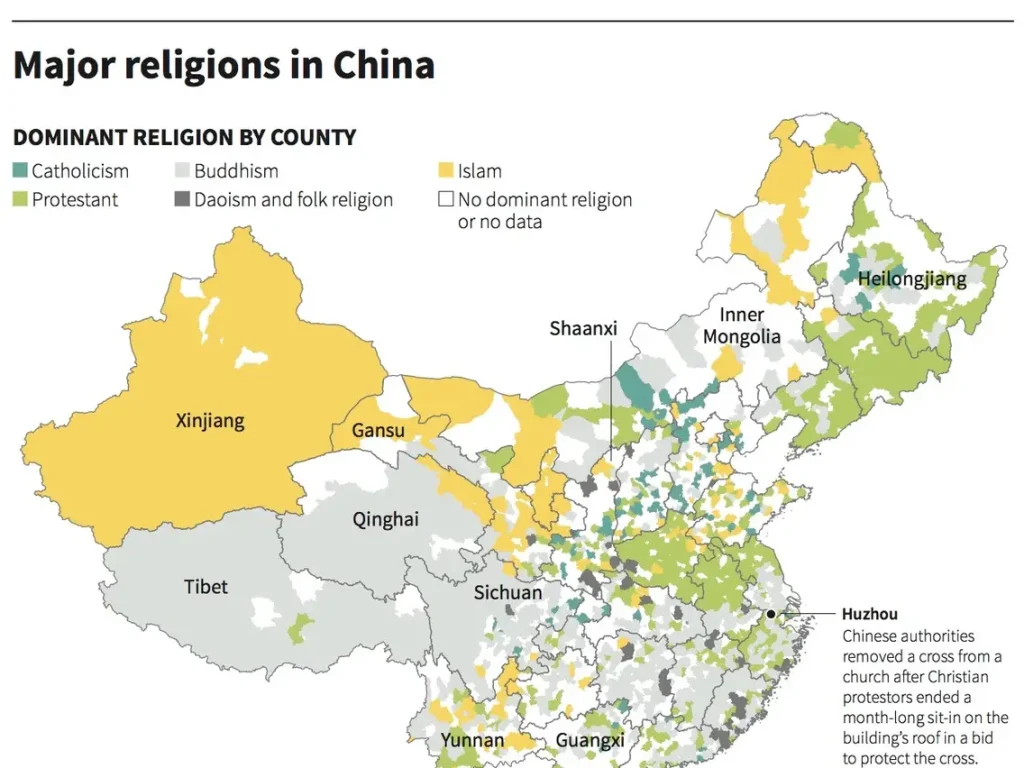
Traditional Chinese Medicine (TCM), also known as Oriental Medicine, is a healthcare and treatment practice that the Chinese have been using for thousands of years. “Huangdi Neijing,” an ancient treatise on health and disease, with meticulously recorded treatment techniques before the Warring States period is a historical testament to the medical achievements that China has achieved.
Traditional Chinese medicine involves four examination methods, namely “Wàng”(望) – observing external symptoms, “wén”(聞) – listening to breath sounds, “wèn”(問) – inquiring about the course of the disease, and “qiè”(切) – examining the patient’s pulse. Traditional Chinese medicine primarily relies on herbal remedies, a few derived from animal or mineral sources, with 374 types processed into more than 8,000 different prescriptions (according to “Bencao Gangmu” by Li Shizhen).
Today, Traditional Chinese Medicine is widespread and has been “blooming and bearing fruit” in Western countries. Traditional Chinese Medicine and Western Medicine coexist to bring people the most effective treatment methods.
Therefore, it can be affirmed that Traditional Chinese Medicine is not only an intangible cultural heritage of the world but also a historical testament to the “deep and profound Chinese culture.” Traditional Chinese Medicine is an effective treatment method recognized by the World Health Organization in the International Classification of Diseases (ICD) version 11.
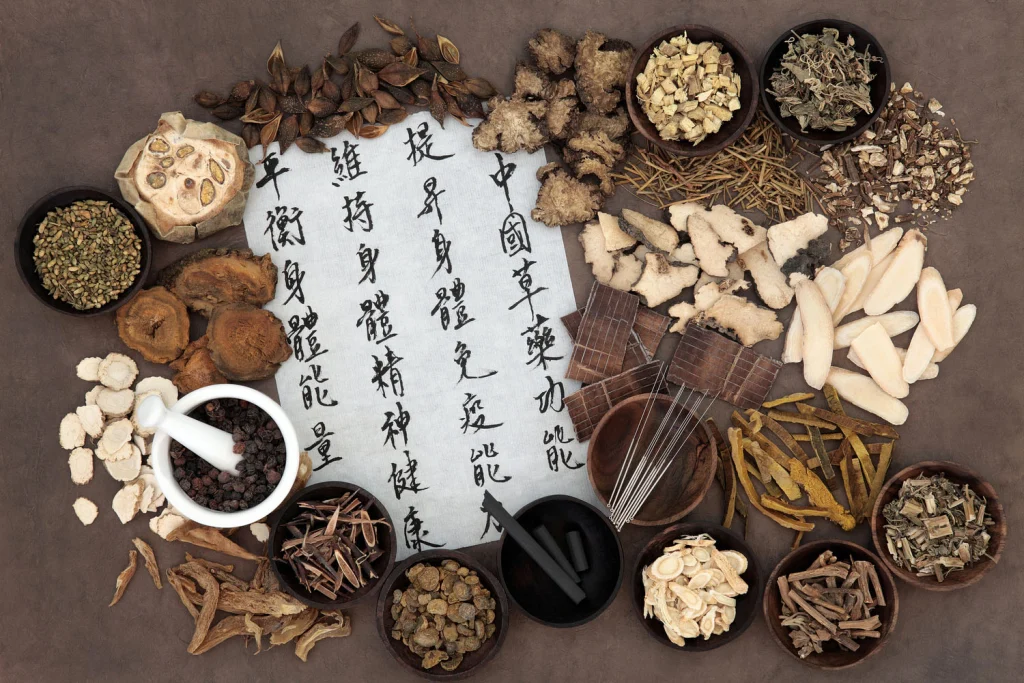
If Chinese culture is like an underground river with a history of thousands of years, then the historical architecture of this country is the towering trees nurtured by that stream. Chinese historical sites are living works of art that, when looked at, present the glorious past of The Land of One Billion as if it exists before our eyes.
The Forbidden City, the Pingyao Ancient City, and the Datong Prince’s Palace, all leave an indelible impression on the global visitors. Each place carries the cloak of time woven from history, culture, and contemporary art.
However, to choose a single name to represent all this beauty, it would undoubtedly be the Great Wall of China – a UNESCO-recognized new wonder of the world. The Great Wall was continuously built from the 3rd century BC to the 17th century AD, with a total length of more than 20,000 kilometers.
Certainly, when anyone sees the Great Wall of China, they must be overwhelmed by its grandeur and splendor. The beauty that the new world cultural heritage brings goes beyond the visual aspect; this great historical site also serves as a symbol of culture, architecture, and military, and it embodies the pride of the nation, reflecting the constant development of this country. The phrase “He who has not climbed the Great Wall is not a true man” (Mao Zedong) conveys that those who haven’t been to the Great Wall are not truly accomplished and it partly reflects the Chinese people’s pride in the Great Wall.
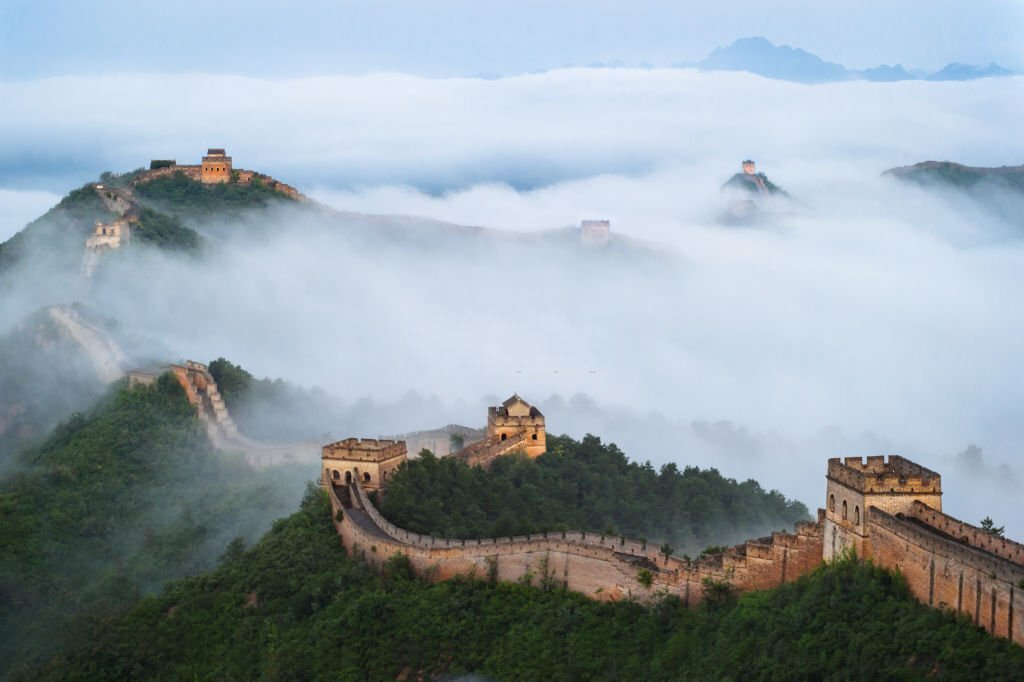
C-biz is the term for the entertainment industry in China, which produces various forms of entertainment such as movies, television shows, and music. The entertainment market in this populous nation is known for being fiercely competitive. However, this has led the Chinese entertainment industry to showcase impressive entertainment works with exceptional quality.
Chinese entertainment works have played a part in bringing Chinese culture closer to international audiences. The historical drama and palace intrigue genres serve as “perfect tools” to achieve this. Chinese historical and palace dramas are meticulously produced, often revolving around historical themes and real-life figures. What quickly captures the global audience’s attention is the visual appeal, with impressive scenes of ancient historical sites, outstanding martial arts sequences, elaborate costumes, and superb performances by Chinese stars.
Classic works like “Secret Of The Three Kingdoms” (2018), “Empresses In The Palace” (2013), and “Ruyi’s Royal Love In The Palace” (2018) have provided the public with a faithful glimpse into the history and culture of the country through a delicate combination of historical elements, literature, and art.
It’s clear that the works of this populous country’s entertainment industry vividly portray Chinese culture. Therefore, when translating content into Chinese, localization is essential to bridge the gap between artistic works and a global audience.
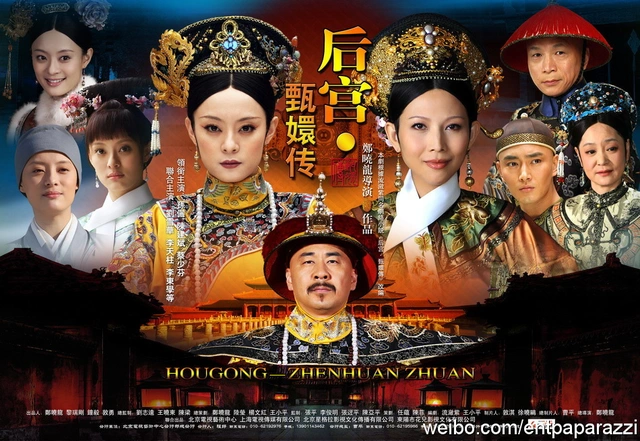
As a pioneer in science and technology, China has developed domestic application platforms that have garnered worldwide admiration. Unlike many other countries, these platforms are strictly controlled by the government. This prevents globally recognized platforms from entering this country’s market but simultaneously fosters the strong development of domestic platforms.
The development of platforms like Douyin (the domestic version of TikTok), messaging and payment app WeChat, search engine Baidu, and social media platform Weibo showcases the world the technological capabilities of this nation. Through these platforms, China also promotes its unique cultural image.
Therefore, when international businesses enter China’s market, they need to implement localization strategies tailored to these domestic online platforms. For instance, for the rapidly growing online payment market, the first and most crucial step in the penetration strategy is integrating popular payment methods such as WeChat Pay or Alipay into their products. And when a business’s product “integrates” into the local consumer culture, it becomes the “key” to success in a new market.
China’s vast and ancient culture with a history of thousands of years old continues to evolve. Traditional and modern cultures coexist, creating an enduring image of China that leaves an indelible mark on the global public.
Meanwhile, language is the medium that delivers these unique cultural codes to the public. Hence, to effectively convey these rich cultural values and ensure that the translation is communicative and suitable for the target language and culture, localization in Chinese translation is essential.
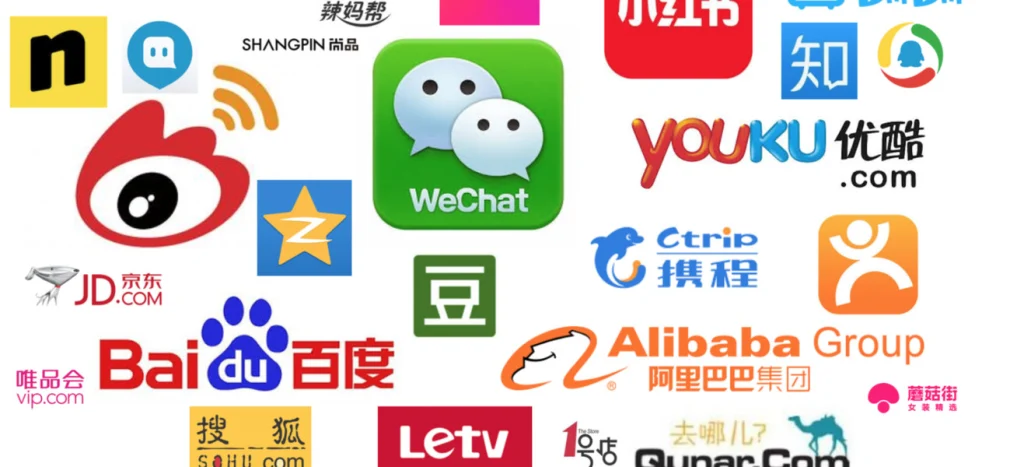
Chinese culture represents a harmonious blend of traditional and modern values. It stands as one of the oldest cultures in world history and serves as the foundation for many other cultural expressions.
Hence, for translators working with this language, linguistic proficiency alone is not enough. They must also possess a deep understanding and a great passion to delve into the rich traditions of this culture in order to uphold and advance their successful profession.
Perhaps this article of Thao & Co. has provided useful information to help you gain more insights into the Chinese language and the intertwined connection between translation and culture.
Explore the Translation Times now for more fascinating topics related to language and translation!